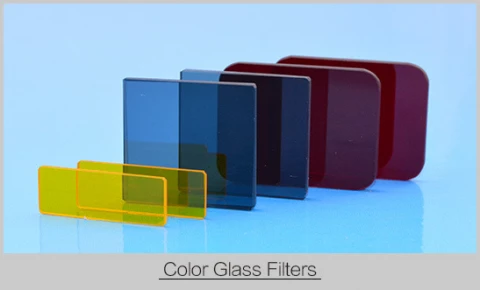FIFO-color glass filter
Description
Color glass filter
FIFO-color glass filter
Specifications |
|
|---|---|
| Shape: | Custom |
| Size: | 30 mm |
| Thickness: | 3 mm |
| Color Series: | Yellow |
| Material: | BK7,K9L, Others |
| Surface Quality: | 60-40 |
| Parallelism: | 2 min arc |
Applications
- Optics
- Laser
- Electronic
- Vision
For pricing, technical or any other questions please contact the supplier
- No registration required
- No markups, no fees
- Direct contact with supplier
-
Ships from:
United States
-
Sold by:
-
On FindLight:
since 2016
Frequently Asked Questions
The transmittance of colored glass filters is affected by surface reflectance, which is approximately 0.08 or 8% for two surfaces. The transmittance curves on pages 10-6 to 10-15 show the internal transmittance of the filter glass, but to find the total transmittance through the filter (including the reflection losses), multiply the internal transmittance at any wavelength by the reflection correction factor.
Colored glass filters can be combined in series to change the band pass or increase the attenuation. The internal transmission at any given wavelength is the product of the internal transmission of each filter at that wavelength. If two colored glass filters are used in series, the total transmission through the two filters must be corrected for reflection loss.
Yes, if the bandpass filter transmits the signal and the radiation transmitted outside the bandpass is "noise," then the signal to noise ratio can often be improved by using several filters of the same type.
The specifications of the color glass filter include material: FIFO colored glass, size tolerance: ±0.15mm, thickness: 3mm (nominal), surface quality: 80-50, and parallelism: 2 arc min (0.6 mrad).
A FIFO-color glass filter is a type of color glass filter used in optics, lasers, electronics, and vision applications.
